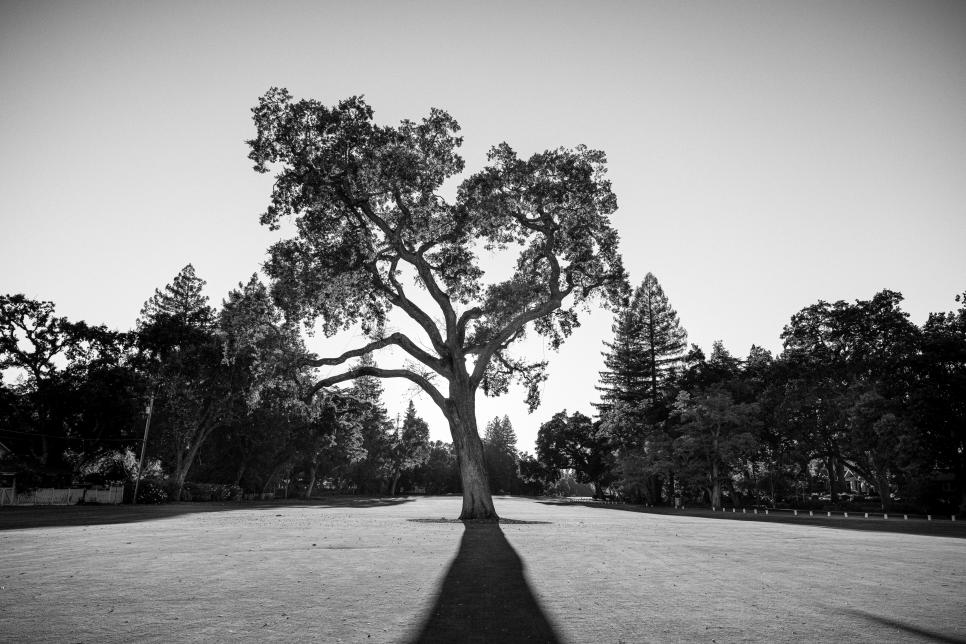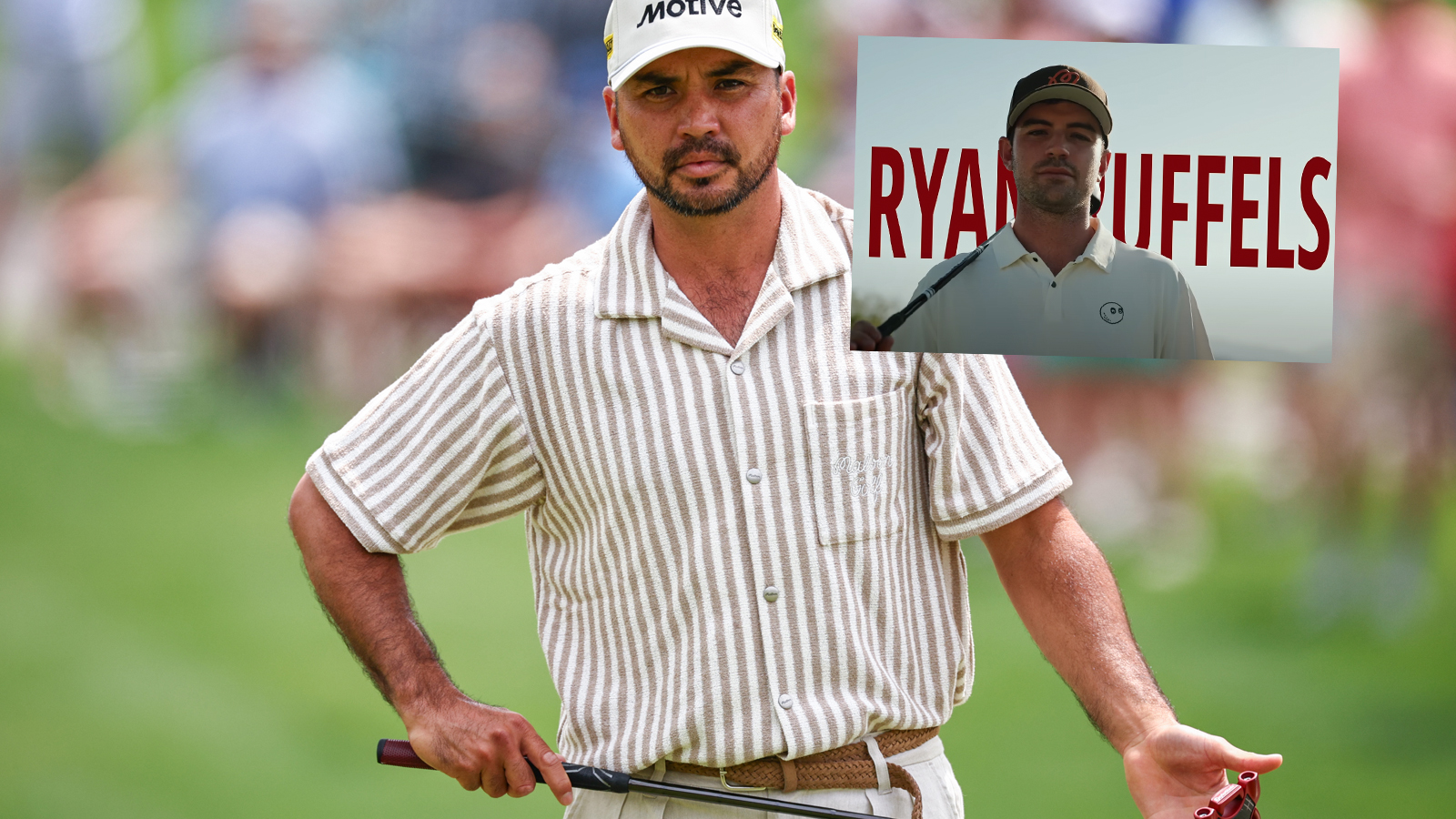Why the tree removal trend in golf-course architecture has gone too far – Australian Golf Digest

- by Admin
- June 6, 2024

Architect Robert Trent Jones Jr. fields our question about the importance of trees on golf courses. Jones Jr. began designing courses with his father, Robert Trent Jones, in the 1960s and has built more than 200 in countries around the world, including Chambers Bay in Washington and Hogs Head in County Kerry, Ireland.
Question: In the past two decades there has been a major movement among architects and clubs to remove trees from their landscapes, typified by dramatic deforestations at places like Oakmont and Congressional’s Blue Course. There are valid agronomical reasons for it, but do you believe tree removal has gone too far?
Jones: Yes. When it comes to clear-cutting trees for views, it can be overdone. Superintendents have rightly been concerned about too much shade on the grass that they’re trying to maintain, and they also don’t like roots that stick up and compete for water. These are legitimate points, and they’ve gained a louder voice with the greens committees overseeing renovations. My concern is that too often the tree removal seems to be all or nothing. It’s kind of like our politics.
RELATED: How tree removal at Oakmont turned into a movement.
It’s better if it’s done on a case-by-case basis, but it’s currently in fashion. What usually happens in fashion is that the pendulum is always swinging, and it can swing too far. I believe in the “golden mean” of the Greeks, to find a happy medium.
It shouldn’t be a one-size-fits-all approach to the presence of trees on golf courses. We live in a big country with a lot of different environments—we’re not all one thing, so these dialogues should be taking place independently.
If the course is in the Northeast or the South, or in parts of California where I live, it’s likely that trees are going to be native to the environment in some form and continually regenerating—that’s what nature does. On a links course there shouldn’t be any trees because they’re typically not indigenous to those types of coastal and estuary environments. They can block the wind and negate the need to play the ball along the ground, which would lessen the interest of those courses. We built Chambers Bay on an old mining site but constructed it to look and play like an Irish links, and there’s just one single tree on the course.
Most courses would do well to look whether the trees are indigenous and part of the ecological place where they’re located.
The 18th hole at Diablo (Calif.) Country Club. Photo by Adam Joseph Wells
RELATED: The greatest 25 trees in golf
What are the benefits of maintaining trees on a golf course, assuming they’re native to the environment?
Jones: When golf-course communities were being developed, primarily in the Sun Belt, the courses served as the central parks of this suburbanization, the community green spaces. Trees had a positive impact in an environmental and in a societal sense, even for non-golfers.
Now, some of the trees that were planted on courses over the years shouldn’t have been because they weren’t the right kind of trees. The tree planting that was done at, let’s say, Oakmont in the 1960—which my father participated in mildly—had the effect of taking away some of the harshness and struggle of those big greens and contours and even the bunkers. The removal of all those trees in the past 30 years returned it to what (founder H.C.) Fownes wanted.
But trees can be useful shields. You want to ask, ‘What do you see when you remove the trees?’ If it’s a garbage dump that’s probably a mistake. Conversely, if it’s a beautiful mountain in the distance, that might be a good thing. Many of those trees at Oakmont were planted to shield the course when the Pennsylvania Turnpike was constructed, and removing the trees from that area of the course means you’re much more aware of the traffic noise below and even the exhaust from the vehicles.
For an architect, trees can function like an instrument. They’re vertical hazards along with our other elements of defense: length, width, bunkers, ponds or creeks, the inviable hazard of the wind, the targets of the greens and the contours of those within. You work with those like a composer does music to create 18 different holes while trying not to repeat yourself. I don’t believe golf courses should be made to be hard or easy—they should be made to make beautiful music that you want to come back to, and removing any of those elements, including trees, limits the range of music you can make.
MORE: Golf’s relationship with trees is complicated
This article was originally published on golfdigest.com
The Latest News
-
December 26, 2024Cricket: Australia’s Kostas gets better of India on debut
-
December 26, 2024Sam Konstas dazzles in Boxing Day Test debut. – Colitco
-
December 26, 2024Sam Konstas in epic response to MCG heroics amid wild Jasprit Bumrah detail
-
December 26, 2024Konstas, Kohli mid-pitch shoulder bump under microscope | cricket.com.au
-
December 26, 2024‘Clown behaviour’: Kohli blasted for ‘pathetic’ exchange





